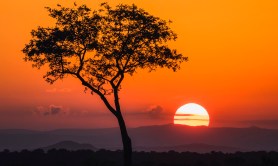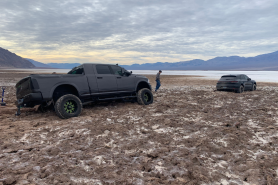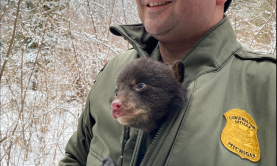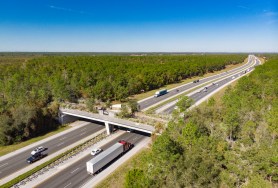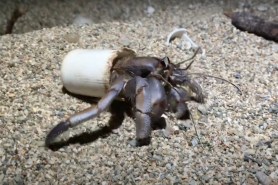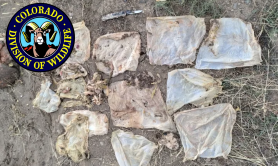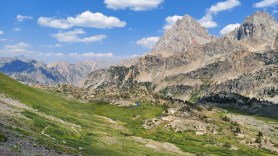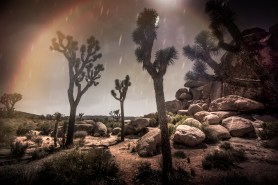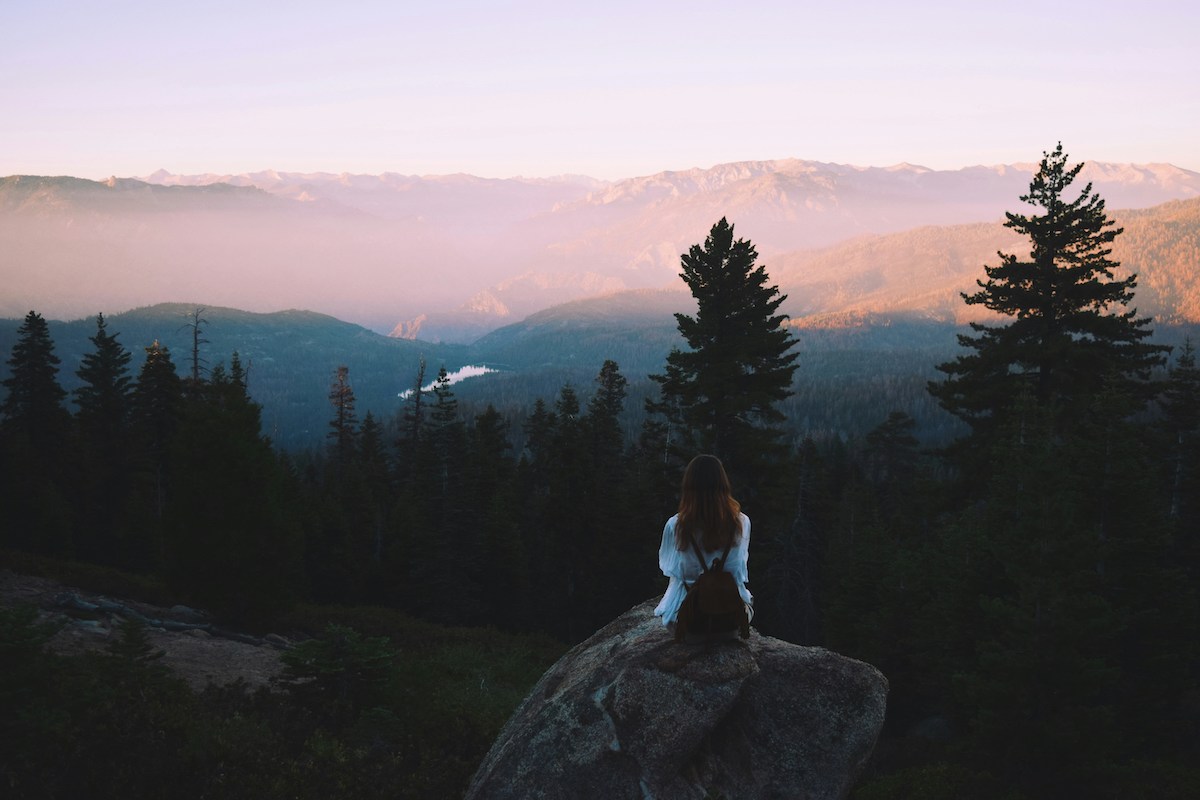

“Unhealthy air” and “hazy skies” aren’t exactly what come to mind when you think of America’s beautiful national parks. Unfortunately, a new report from the NPCA (National Parks Conservation Association) suggests that most U.S. national parks grapple with “concerning levels of haze pollution, obscuring the scenic views and landmarks that draw millions of visitors each year.”
Videos by Outdoors with Bear Grylls
Air pollution and “haze” are more than just a bummer for visitors; they can put humans at risk of respiratory illnesses. Air pollution can also mean trouble for the natural habitats and sensitive species that call these national parks home.
In fact, NPCA says 96% of U.S. national parks contain species and habitats that are harmed by sulfur and nitrogen deposition and ozone pollution.
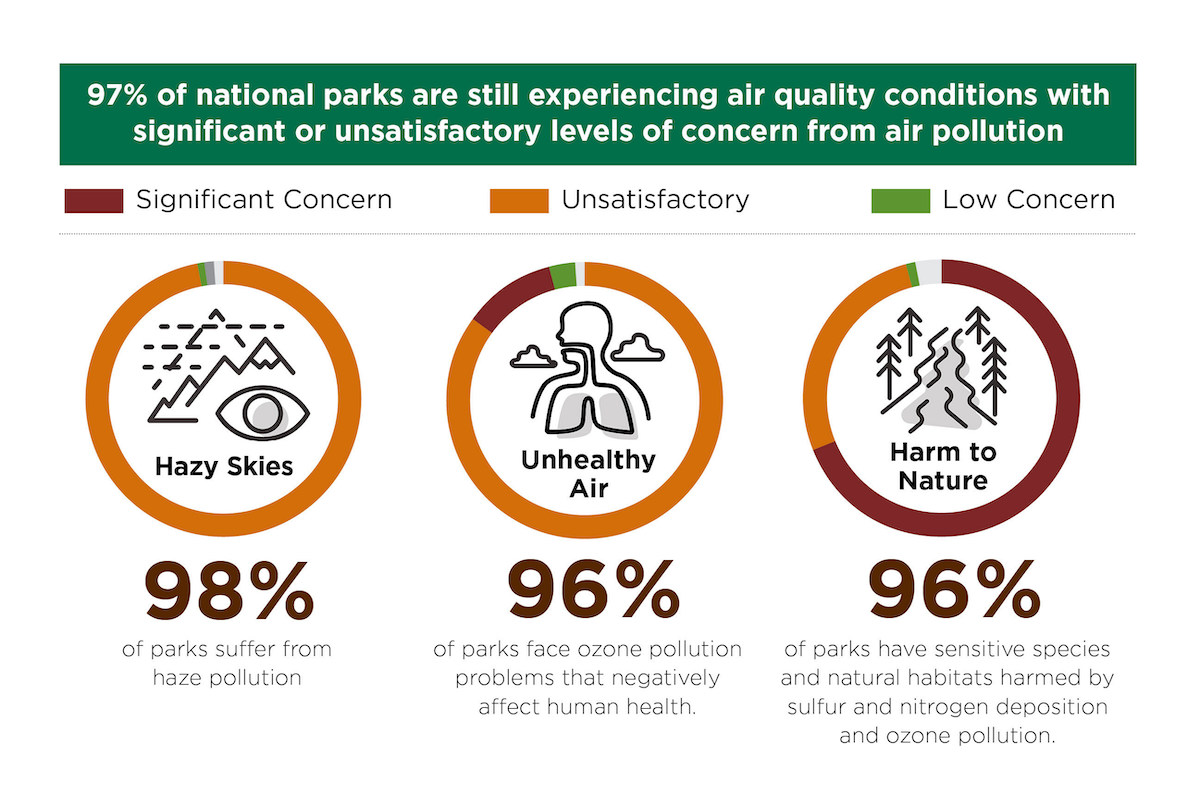
So, which parks made the list of most polluted national parks in the 2024 report?
The top 10 worst offenders in the unhealthy air category are:
- Sequoia and Kings Canyon National Parks (California)
- Joshua Tree National Park (California)
- Mojave National Preserve (California)
- Yosemite National Park (California)
- Carlsbad Caverns National Park (New Mexico)
- Death Valley National Park (California)
- Indiana Dunes National Park (Indiana)
- Guadalupe Mountains National Park (Texas)
- Rocky Mountain National Park (Colorado)
- White Sands National Park (New Mexico)
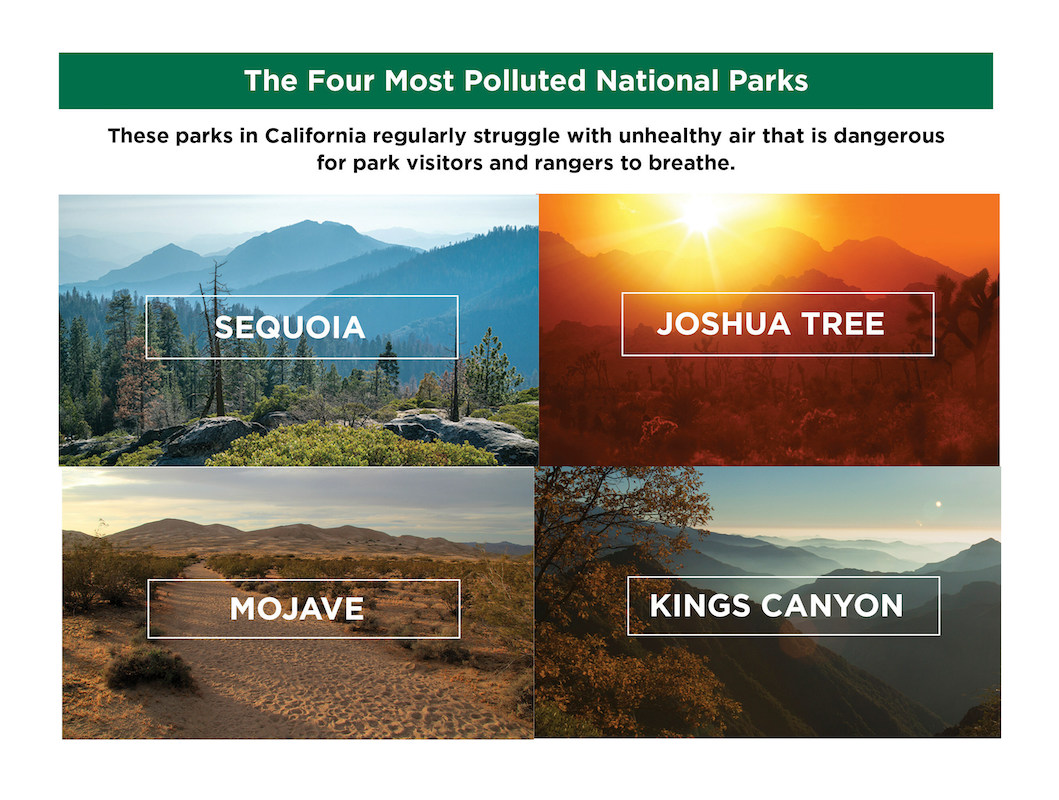
Notably, the top four most polluted national parks (and half of the top 10) are in the state of California.
The report also lists the worst national parks for hazy skies. The top five include California’s Sequoia and Kings Canyon, Missouri’s Gateway Arch, Kentucky’s Mammoth Cave, and New Mexico’s Carlsbad Caverns.

The NPCA report highlights the ongoing challenges U.S. national parks face and aims to raise awareness and prompt solutions.
Have you noticed unhealthy air quality or hazy skies at your favorite national park?


